Overall Technology
Contexte
« Overall Technology », introduction de section coécrite avec Océane Ragoucy, dans : Catherine Geel, Clément Gaillard (dir.), Extended French Theory & The Design Field… On Nature and Ecology: A Reader, Paris, T&P Work UNiT
Book published on the occasion of reflections adapted within the framework of the French Section, From thought to the visible. Design as large ring, XXIIth Milan Triennale, Broken Nature, March 1st to March 1st sup > september 2019.
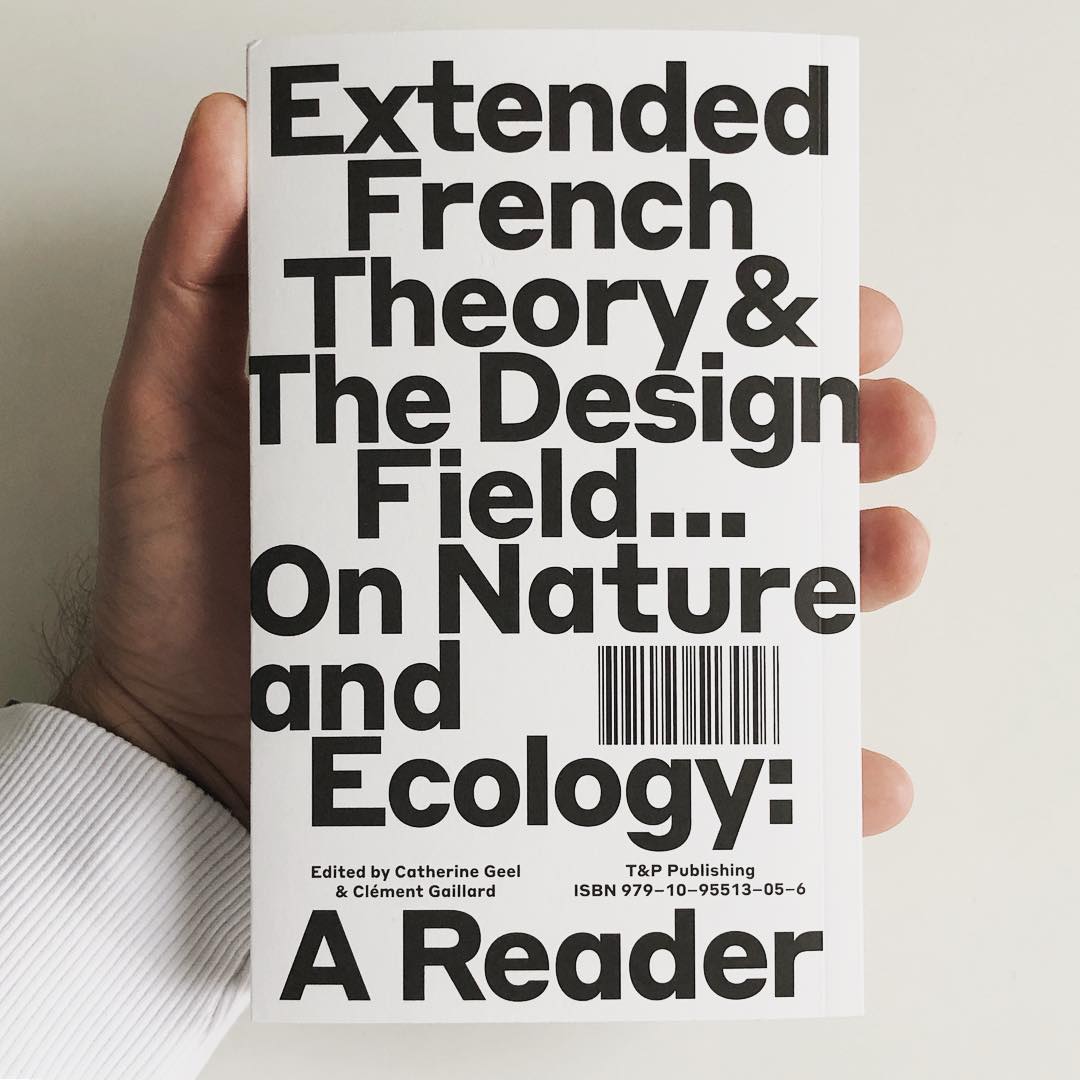
In the common vision of things, ecology, understood as the management of natural resources, is de facto opposed to technique: it is assumed that modernist logic has pushed technological progress to a crisis point where that progress would collapse under the finite nature of its growth. Technique as know-how or the capacity to change one’s environment is understood here, then, in its contemporary sense of “technology”: a series of technical articulations (logos) embodied in consumable artefacts. Now, the texts that follow show that ecology is multiple, just as technique should be. This plurality of life environments, a concern at the heart of the fields of art and design, dovetails with some incisive texts by the philosopher Félix Guattari. His notion of “ecosophy” (global ecology) also encourages us not to think about ecology separately from aesthetics:
« To bring into being other worlds beyond those of purely abstract information, to engender Universes of reference and existential Territories where singularity and finitude are taken into consideration […] to confront the vertiginous Cosmos so as to make it inhabitable; these are the tangled paths of the tri-ecological vision [of environments, social relations and subjectivities].
1 Félix Guattari, The three ecologies, (Paris, Galilée, 1989), 70.. »
Today, gaining a clearer idea of the relations between ecology and technique implies taking a look at texts written from the 1970s onwards in the context of the Cold War and the effective development of so-called “personal” computing. The philosophy of technique, or technics, which already had a rich history, had been enjoying a tremendous period of international growth for some forty years. Because it is articulated with aesthetic and ecological issues, in France this field has been echoed in some singular ways. That is what this selection of texts sets out to explore.
There is one domain, the archaeology of media, which offers a powerful counterweight to the sometimes-frightening promises of effectiveness made by these digital technologies. It does so by jolting together heterogeneous technical layers, whether of history, hardware, or software. A precursor of this field is the nomadic philosopher Vilém Flusser, whose essay Vampyroteuthis infernalis 2 Vilém Flusser, Vampyroteuthis infernalis [1981-1987], trans. C. Lucchese, (Bruxelles: Zones sensibles, 2015). sets out a bestiary derived from squids and octopuses implicitly revealing the unthought implications of the proliferation of electronic information machines.
Taking different approaches, the philosophers of French Theory and their contemporary heirs (Bernard Stiegler, Pierre-Damien Huyghe, Isabelle Stengers, Bruno Latour, Madeleine Akrich, etc.) have engaged acutely with the profound consequences of technological mutations. Inspired by the idea of thinking about technique beyond human actors and/or its subservience to principle of efficacy, these authors – although they do not necessarily invoke this notion – interrogate an overly limited understanding of ecology. While they are not (all) contemporaries of the massification of the use of digital technologies, the fact that these writings are still widely studied bears witness to an obvious fact: in research, there are times when notions of novelty and progress simply do not apply.
In This Progress, a participative performance (Palais de Tokyo, Paris, 2016) 3 This Progress* ( Solomon R. Guggenheim Museum, New York, 2006) is replayed at the Palais de Tokyo, (Paris, October 12, 2016 – December 18, 2016): “Carte blanche to Tino Sehgal”, curated by Rebecca Lamarche Vadel., the German-British artist Tino Sehgal shakes up the notion of progress by activating its dimensions: personal, shared and trans-generational. One visitor’s account relates this surprising experience based on the human voice, bodily movement and social interaction: “As we moved forward alone into a big empty space, a twelve year-old child came up to us and suddenly asked, ‘What is progress?’”
Let us recall elements of the historical context: the emergence of mass-market computers was to a major extent based on a cognitivist understanding of the cybernetic model. 4 For a broader understanding of cybernetics, see: Norbert Wiener, Cybernetics and society. The human use of human beings [1954], trans. P.-Y. Mistoulon, (Paris: Point, 2014).. This paradigm of understanding, which still informs to a large extent the interfaces of the digital apparatus (dispositifs) 5 Giorgio Agamben, Qu’est-ce qu’un dispositif ? [2006], trans. M. Rueff, (Paris: Payot & Rivages, 2007). » that we use every day, developed, economically, in a hidden way – covered by waves of objects renewed at a quick rate and installed among us without negotiation and unprepared by any civic reflection. In other words: we lack perspective for understanding what the digital media are doing to us, doing with us, or doing against us.
The artists’ collective RYBN undermines the idea of progress and technological neutrality. By hybridising computer rationality with modes of thought based on mythology or belief, the esoteric forms of their work betray the “haunted” character of electronic machines. Their Data Ghost project 6 RYBN, Data Ghost 1, installation presented at the “Media Mediums” exhibition, curated by Jeff Guess and Gwenola Wagon, Paris, Ygrec, (April 4-May 31, 2014) (galerie Ygrec, Paris, 2014) tirelessly scans the background noises of digital data flows and detects “phantom” messages there. The internet then becomes the echo chamber of retro-inter-active ghostsspectres.
Some thirty years since the writings of Félix Guattari, these reflections on the desubjectification of individuals resonate with dispositifs that are invisible (because encoded) and yet infiltrate most human activities. This is what researcher Evgeny Morozov calls “algorithmic regulation”, 7 Evgeny Morozov. “The power of data and the death of politics”. Trans. P. Jorion, August 2014. https://www.pauljorion.com/blog/2014/08/25/la-prise-de-pouvoir-par-les-donnees-et-la-mort-de-la-politique -by-evgeny-morozov/, that is, a pernicious form of social control effected by non-human agents. At the turn of the 2010s, there was no avoiding the realisation that information networks had not created a global village”. The power of “platform capitalism” 9 Nick Srnicek, Platform Capitalism. The hegemony of the digital economy [2016], trans. P. Blouin, (Montreal: Lux, 2018). – that of GAFAM and BATX – is increasingly a threat to citizens’ capacity to invent their own way of lifemodes of existence. Amassing value from the sampling of “data”, digital devices are also redoubtable machines for polluting the mind, the moment one starts to surf without a filter.
In this opposition between an invasive technology and the capacity of the social body to organise its conditions of existence, ecology here acquires a psychic dimension. Since technique is constitutive of humanity, however, there can be no question of going back to a golden age that never existed. In this sense, designer Ezio Manzini pleads for an “ecology of the artificial environment” 10 Ezio Manzini, Artifacts. Towards an ecology of the artificial environment [1990], trans. Adriana Pilia, (Paris: Center Georges Pompidou, CCI, 1991). » – a “second nature” formed by the technical tissue, which to a large extent still has to be invented. As of the early 1990s, he warned of the risk that information overload would turn into “noise”: “We are living amidst a growing mass of ‘semiotic waste’ – in other words, messages, texts and used codes that we cannot get rid of. […] By their uncontrolled proliferation, the greatest variety of forms, colours and textures can result in the greyest of worlds.” 11 Ezio Manzini, Artifacts. Towards an ecology of the artificial environment [1990], trans. Adriana Pilia, (Paris: Center Georges Pompidou, CCI, 1991), 36-37.
), 36-37. ». Counter to the “attention deficit” supposedly engendered by the behavioural retroaction loops of the dominant digital “services” – that is, the economic exploitation of behaviours, affects and desires – researcher Yves Citton thus invites us to imagine the conditions of an “ecology of attention” 12 Yves Citton, For an ecology of attention, (Paris: Seuil, 2014). » going hand in hand with a reorientation of media policies.
The philosopher of technologies Gilbert Simondon noted at the end of the 1950s, when reflecting on this loss of intelligibility, that “what is missing is the essential; the active centre of the technical operation remains veiled.” 13 Gilbert Simondon, Du mode d’existence des objets techniques [1958], (Paris: Aubier, 2012).». Technical advances have continually heightened this opacity and multiplied the “black boxes”. Who today really understands, for example, how blockchain protocols work, or the self-developing codes of deep learning ?
In the video Rare Earthenware (exhibited at ZKM in Karlsruhe as part of the Reset Modernity! exhibition (2016, directed by sociologist and philosopher Bruno Latour), the design studio Unknown Field Divisions documented the trajectory of the rare metals needed to construct three telecommunications objects: a mobile phone, an ultra-thin laptop computer and a chip for an “intelligent” car battery. The quantity of toxic waste required to produce them was then assembled in the form of traditional Ming vases.
Inseparable from the conception of many technological objects, “civil wars” cast a veil over the environmentally and humanly damaging nature of mining operations and make the supply process invisible. At stake in an ecology of digital techniques, from a psychic point of view, would be interrogating the claim of technologies to “solve” 14 Evgeny Morozov, To solve everything, click here. The aberration of technological solutionism [2013], trans. M-C. Braud, (Limoges: Fyp, 2014). » all the world’s problems. Not only do digital technologies not always save time, but they cause a proliferation of new problems. In order for the digital to benefit the masses and not just a handful of investors, we need to stand back from the idea that problems linked to technologies can simply be solved with more technology.
We are indeed confronted with two gave ecological questions: environmental and human. There is, now, a third, at the other end of the chain. It concerns the user and is – in the broad sense — a disjunction between a “technical milieu” 15 André Leroi-Gourhan, Évolution et techniques. Milieu et techniques, (Paris: Albin Michel, 1973). » and the “actors” 16 Actor network theory (AnT) was developed in the 1990s by researchers Bruno Latour, Madeleine Akrich and Michel Callon. » inhabiting it. To treat persons as “users” comes down to introducing a dissymmetry between the conceivers of objects, of digital programmes, etc., and those who can only use them. Via ecology, then, we can prise open other dimensions than the reduction of technique to its technological and digital assignation: imagination, spirituality, memory, etc.
In the French context, for example, it is interesting to study a genealogy that runs through the work of palaeontologist André Leroi-Gourhan, of the philosopher of technology Gilbert Simondon, and of philosopher Bernard Stiegler on digital mutations. For Leroi-Gourhan, the notion of the tool takes an almost biological turn. The tool is that whereby a living being accedes to existence by developing gesture and speech. The relation to the milieu is always a dynamic, and never something that is acquired for good and could be stabilised: human existence is a progressive and continuous detachment from its initial conditions. Simondon approaches technical objects as “lineages” that can be compared to organic configurations and reconfigurations. His later writings on imagination and invention in techniques take an almost spiritual direction. The subject is to be understood within a constant evolution. More precisely, the individual is conceived in relation to a “pre-individual” tending towards a “transindividual”. These reflections on “individuation” and technique have been extensively taken up by Bernard Stiegler, who places them in the context of a period when the combination of neoliberalism and marketing (via behavioural sciences) is massively heightening the risk of the subjection of human beings. For Stiegler, ecology is to be understood as living beings’ relation to their milieu, relations that are threatened by capitalism (industrial, financial, cognitive, etc.). Thus, in addition to necessary actions and reflections on the ecology of resources (the exhaustion of capacities of subsistence), rethinking the ecology of the spirit (exhaustion of the psyche and of desire) is emerging as an increasingly urgent task.
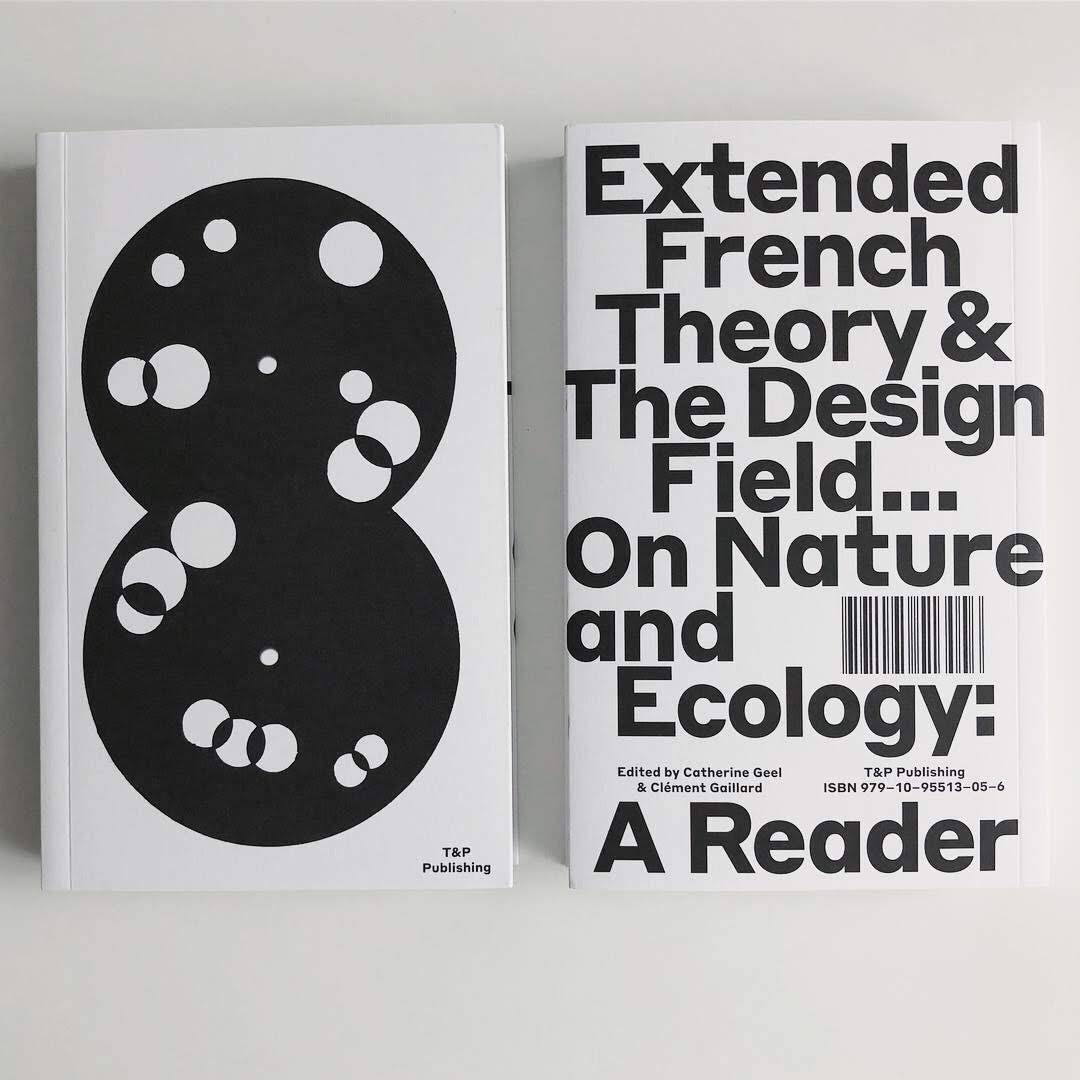
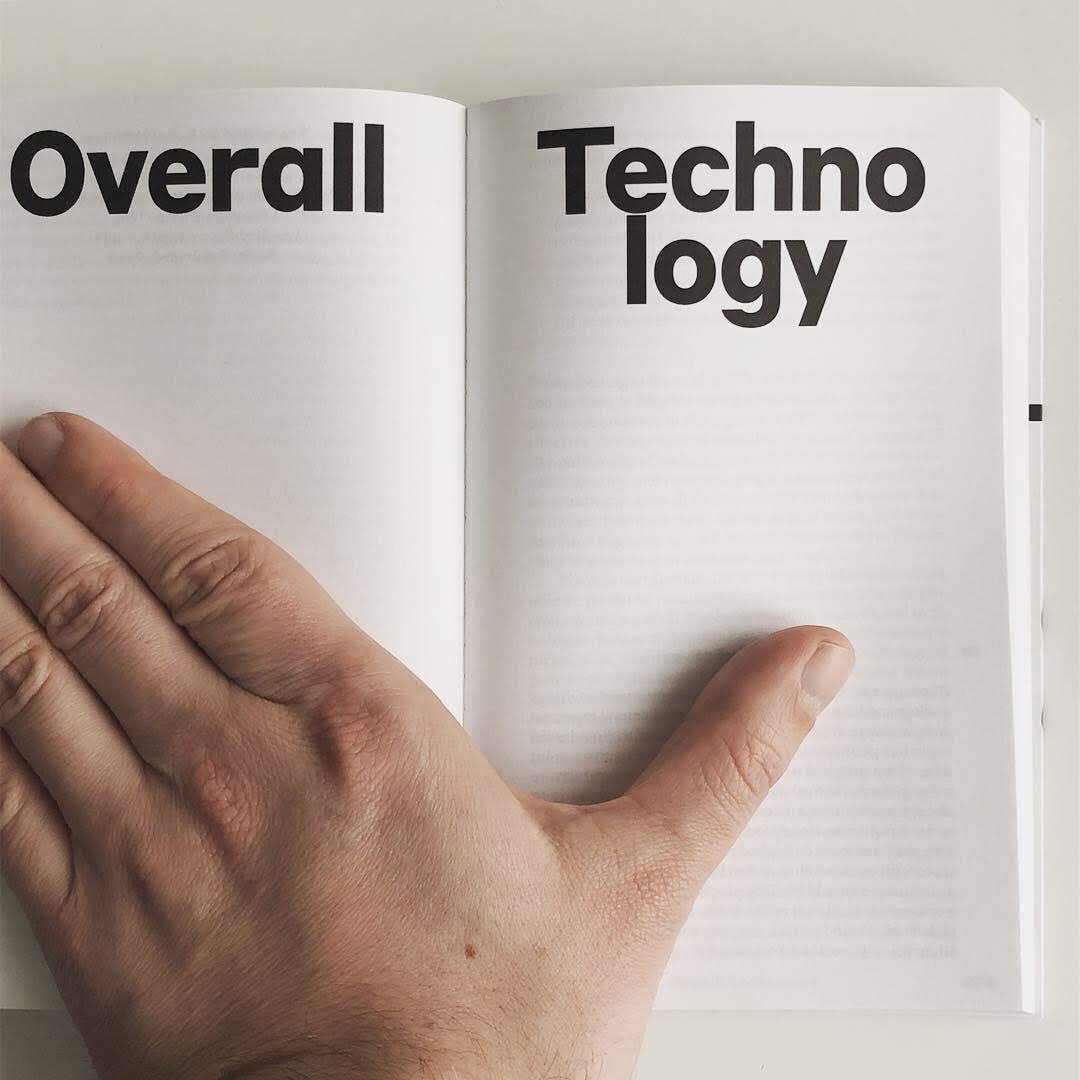
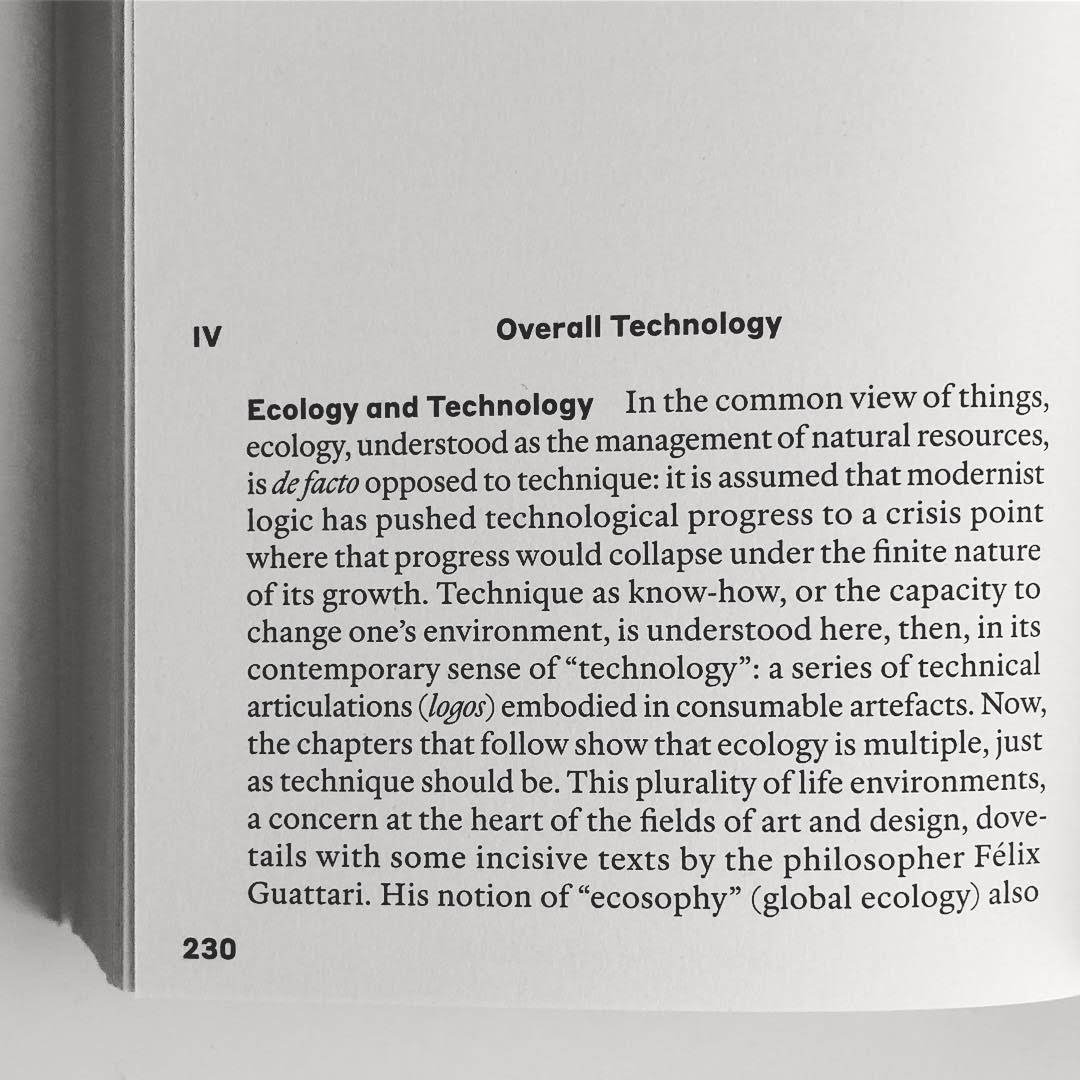
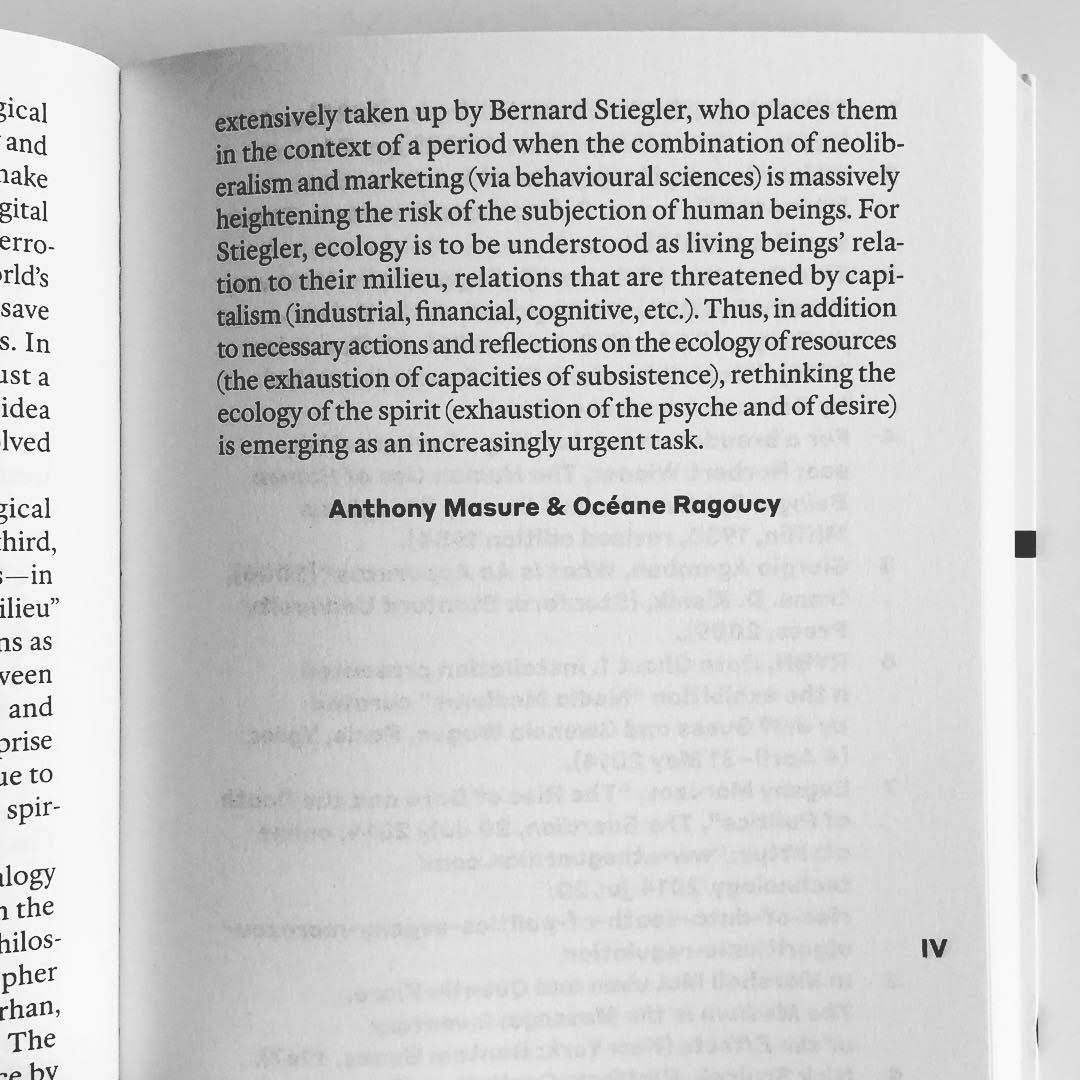
Notes
1 Félix Guattari, The three ecologies, (Paris, Galilée, 1989), 70.
2 Vilém Flusser, Vampyroteuthis infernalis [1981-1987], trans. C. Lucchese, (Bruxelles: Zones sensibles, 2015).
3 This Progress* ( Solomon R. Guggenheim Museum, New York, 2006) is replayed at the Palais de Tokyo, (Paris, October 12, 2016 – December 18, 2016): “Carte blanche to Tino Sehgal”, curated by Rebecca Lamarche Vadel.
4 For a broader understanding of cybernetics, see: Norbert Wiener, Cybernetics and society. The human use of human beings [1954], trans. P.-Y. Mistoulon, (Paris: Point, 2014).
5 Giorgio Agamben, Qu’est-ce qu’un dispositif ? [2006], trans. M. Rueff, (Paris: Payot & Rivages, 2007).
6 RYBN, Data Ghost 1, installation presented at the “Media Mediums” exhibition, curated by Jeff Guess and Gwenola Wagon, Paris, Ygrec, (April 4-May 31, 2014)
7 Evgeny Morozov. “The power of data and the death of politics”. Trans. P. Jorion, August 2014. https://www.pauljorion.com/blog/2014/08/25/la-prise-de-pouvoir-par-les-donnees-et-la-mort-de-la-politique -by-evgeny-morozov/
8in Marshall McLuhan, Quentin Flore, The Medium is the Massage. Inventory of the Effects (New York : Bentam books, 1967).
9 Nick Srnicek, Platform Capitalism. The hegemony of the digital economy [2016], trans. P. Blouin, (Montreal: Lux, 2018).
10 Ezio Manzini, Artifacts. Towards an ecology of the artificial environment [1990], trans. Adriana Pilia, (Paris: Center Georges Pompidou, CCI, 1991).
11 Ezio Manzini, Artifacts. Towards an ecology of the artificial environment [1990], trans. Adriana Pilia, (Paris: Center Georges Pompidou, CCI, 1991), 36-37.
12 Yves Citton, Pour une écologie de l’attention, (Paris: Seuil, 2014).
13 Gilbert Simondon, Du mode d’existence des objets techniques [1958], (Paris: Aubier, 2012).
14 Evgeny Morozov, To solve everything, click here. The aberration of technological solutionism [2013], trans. M-C. Braud, (Limoges: Fyp, 2014).
15 André Leroi-Gourhan, Évolution et techniques. Milieu et techniques, (Paris: Albin Michel, 1973).
16 Actor network theory (AnT) was developed in the 1990s by researchers Bruno Latour, Madeleine Akrich and Michel Callon.